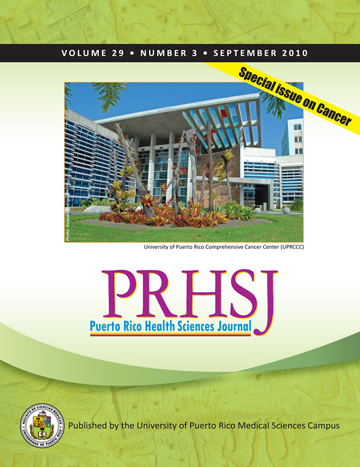Abstract
Genital Human papillomavirus (HPV) infection is one of the most commonly diagnosed sexually transmitted infections world-wide. Over the last two decades, research has established a strong causal link between specific types of HPV infection and cancer, particularly cervical, anal, vulval/vaginal, penile, and oropharyngeal cancer. Limited epidemiological studies of anogenital HPV infection have been conducted in Hispanic populations (including Puerto Rico), and population-based incidence and prevalence estimates of HPV infection among Hispanics are limited. Studies which evaluate knowledge and awareness of HPV among men are also scarce. With the world-wide introduction of two new prophylactic vaccines against high-risk HPVs causing cervical cancer, and the recent FDA approval of one of them in preventing genital warts in men, there is an urgency to determine the burden of HPV in Hispanic populations before vaccine programs are implemented on a widespread basis. Knowledge and acceptability of the vaccine prior to implementation of these programs are also necessary to allow a targeted assessment. This review article summarizes existing research literature on HPV infection and HPV related morbidities in men, with a particular emphasis on Hispanic men in the United States and Puerto Rico. Three mayor areas are discussed: (1) genital warts, (2) HPV and related cancers and (3) biobehavioral and psychosocial factors related to HPV infection and vaccination. Specific recommendations for advancing HPV research and knowledge among Hispanic populations are also suggested.
Authors who publish with this journal agree to the following terms:
a. Authors retain copyright and grant the journal right of first publication with the work simultaneously licensed under a Creative Commons Attribution License that allows others to share the work with an acknowledgement of the work's authorship and initial publication in this journal.
b. Authors are able to enter into separate, additional contractual arrangements for the non-exclusive distribution of the journal's published version of the work (e.g., post it to an institutional repository or publish it in a book), with an acknowledgement of its initial publication in this journal.
c. Authors are permitted and encouraged to post their work online (e.g., in institutional repositories or on their website) prior to and during the submission process, as it can lead to productive exchanges, as well as earlier and greater citation of published work (See The Effect of Open Access).
